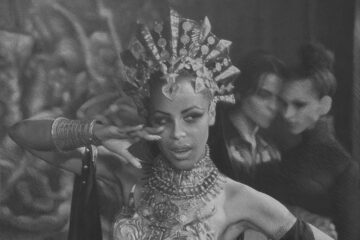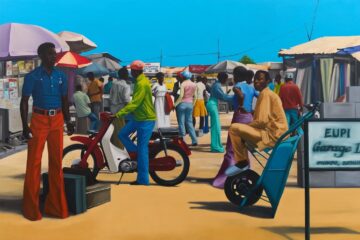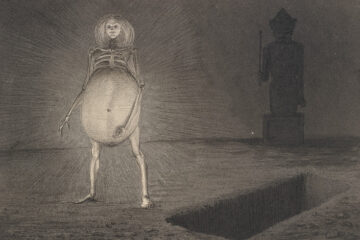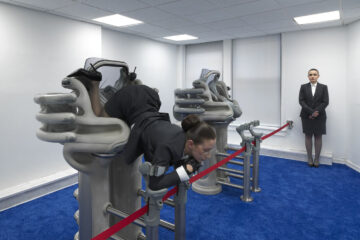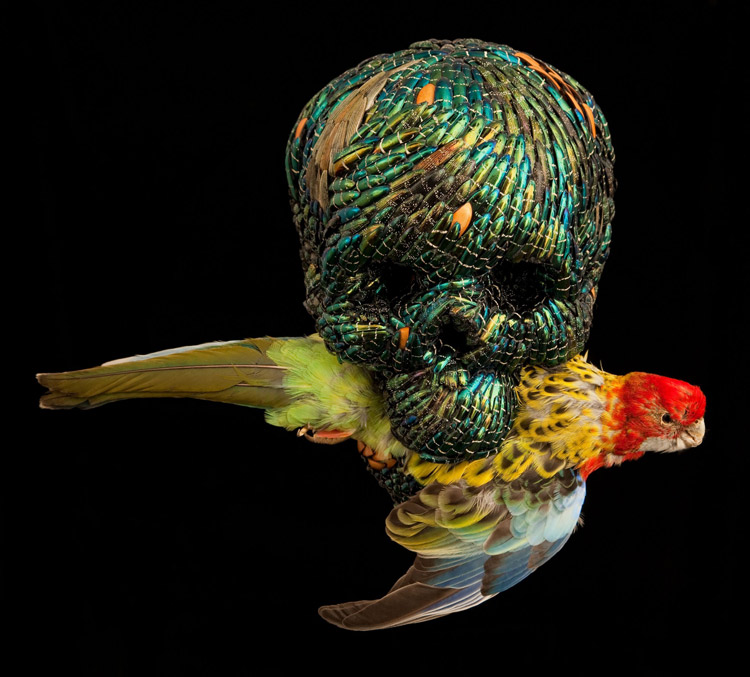
For more than thirty-five years, Jan Fabre (1958, Antwerp) has played a significant role as a visual artist, theater maker, and author. His innovative and diverse body of work has earned him international recognition.
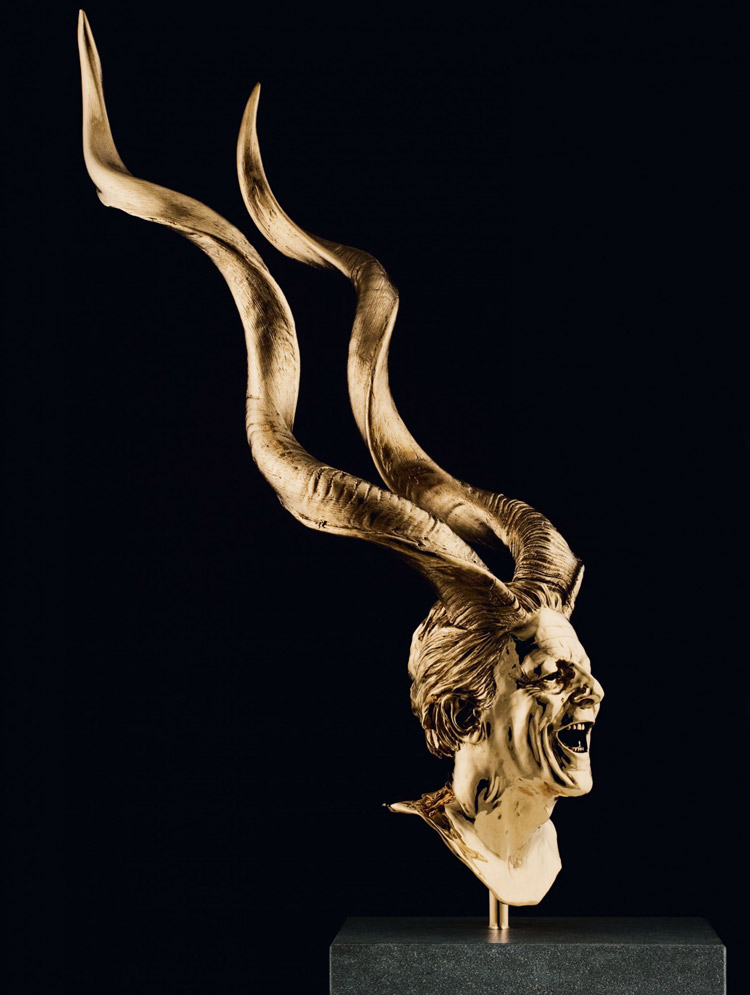
Whether drawings, sculptures, objects, installations, films, performances, or thinking models, all of Jan Fabre’s works relate to faith in the body, its fragility and defense, to observing human beings, and to questioning how they will survive in the future.
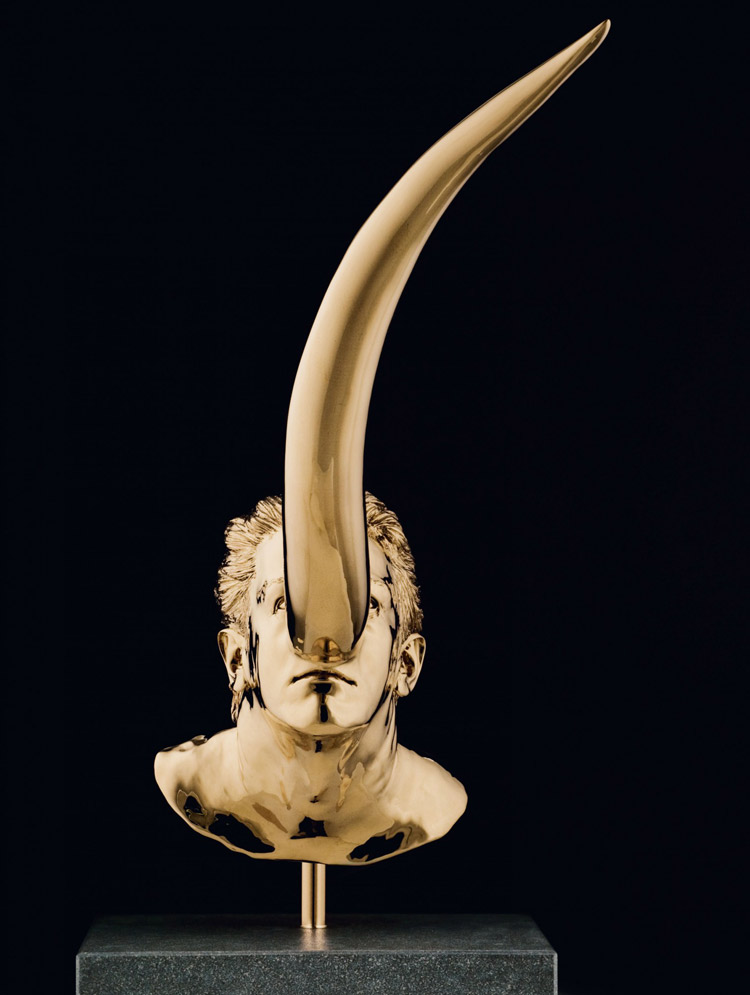
This fascination for the physical body and science dates back to his youth, when, influenced by the research of entomologist Jean-Henri Fabre (1823–1915), he spent a great deal of his time examining insects and other bugs, dissecting their tiny bodies and transforming them into new creatures.
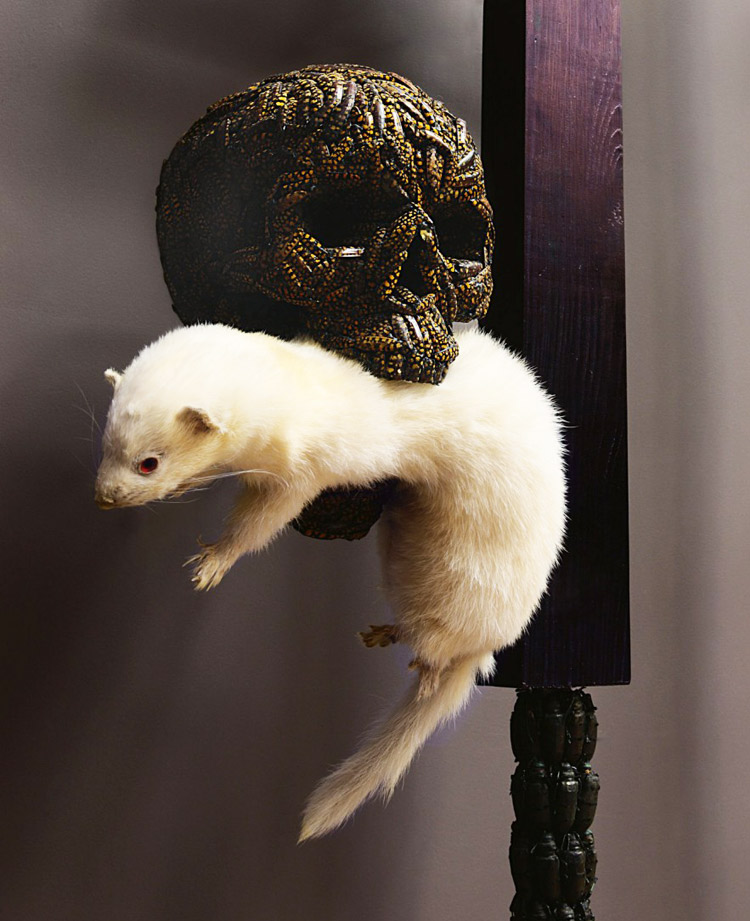
Metamorphosis is a key concept in understanding Jan Fabre’s artistic world, in which the human and the animal are in constant interaction. This has inspired the artist to depict the sensory and spiritual body, and to create various bodies in transmutation, which resist the natural cycle of growth and decay.
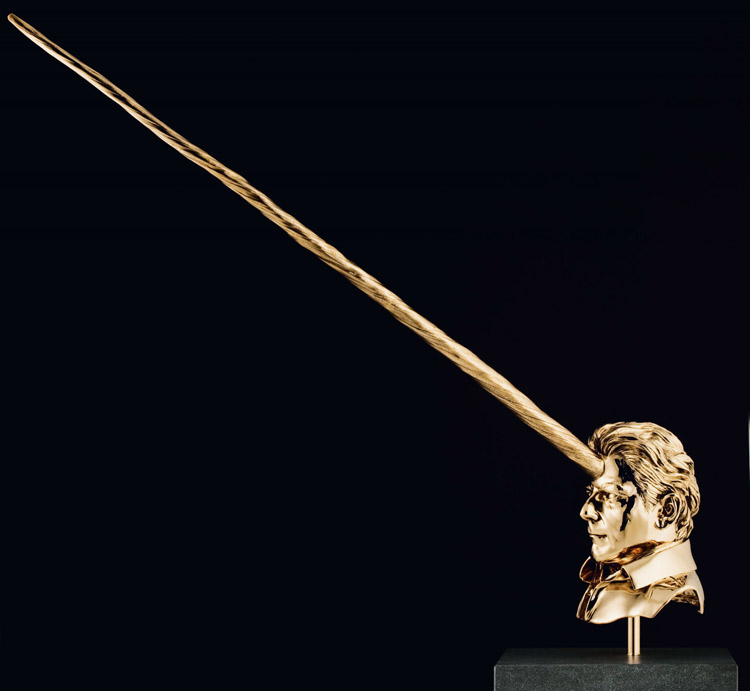
His art is a poetic resistance conducted in the name of beauty, an exercise in death and a celebration of life as a preparation for death. Over the years, the artist has created a highly personal world, with its own rules and laws as well as its own characters, symbols, and recurring motifs.
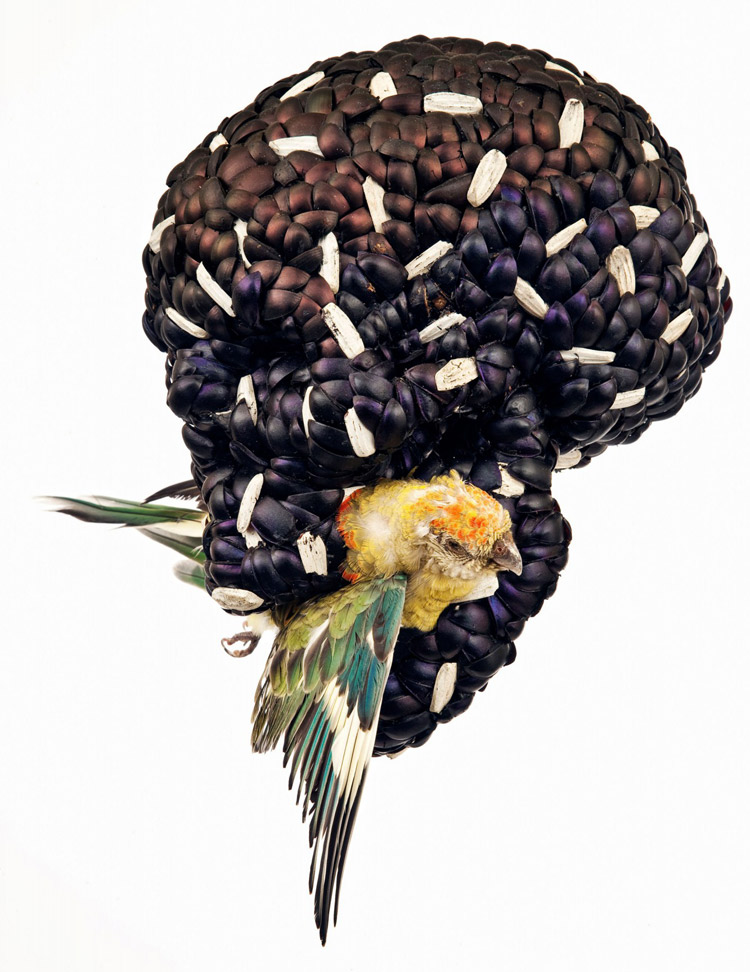
Images courtesy of Jan Fabre
Discover: janfabre.be
